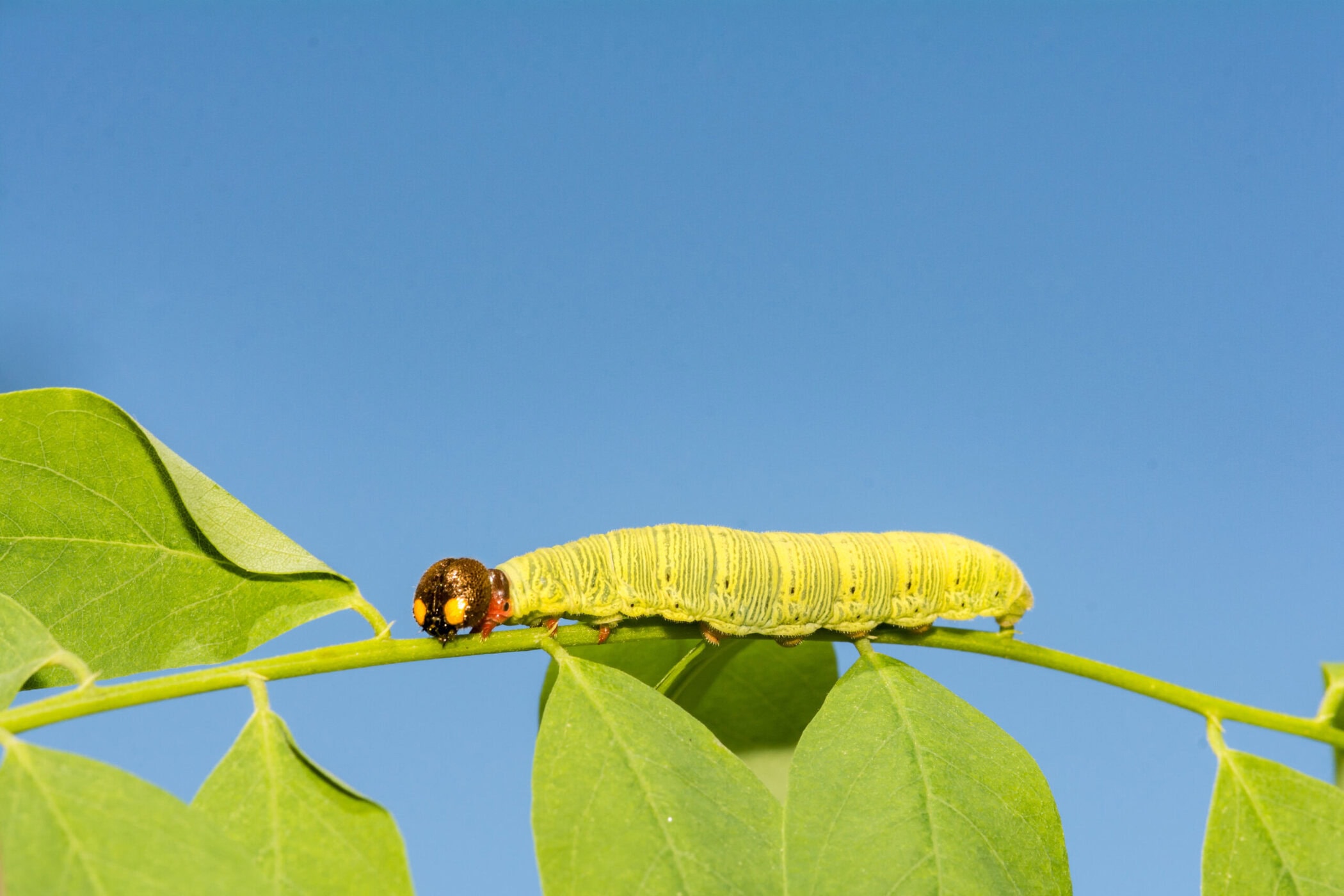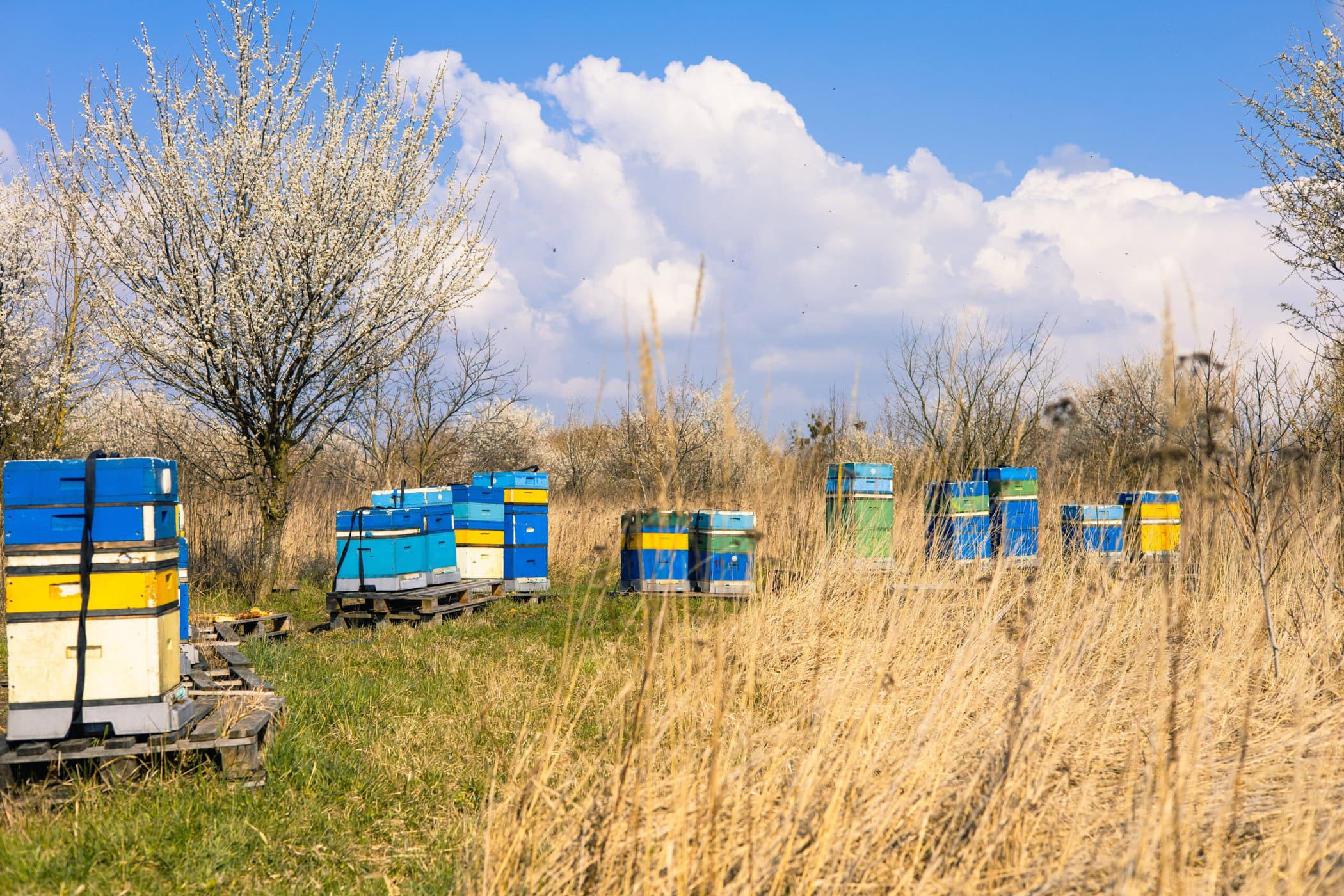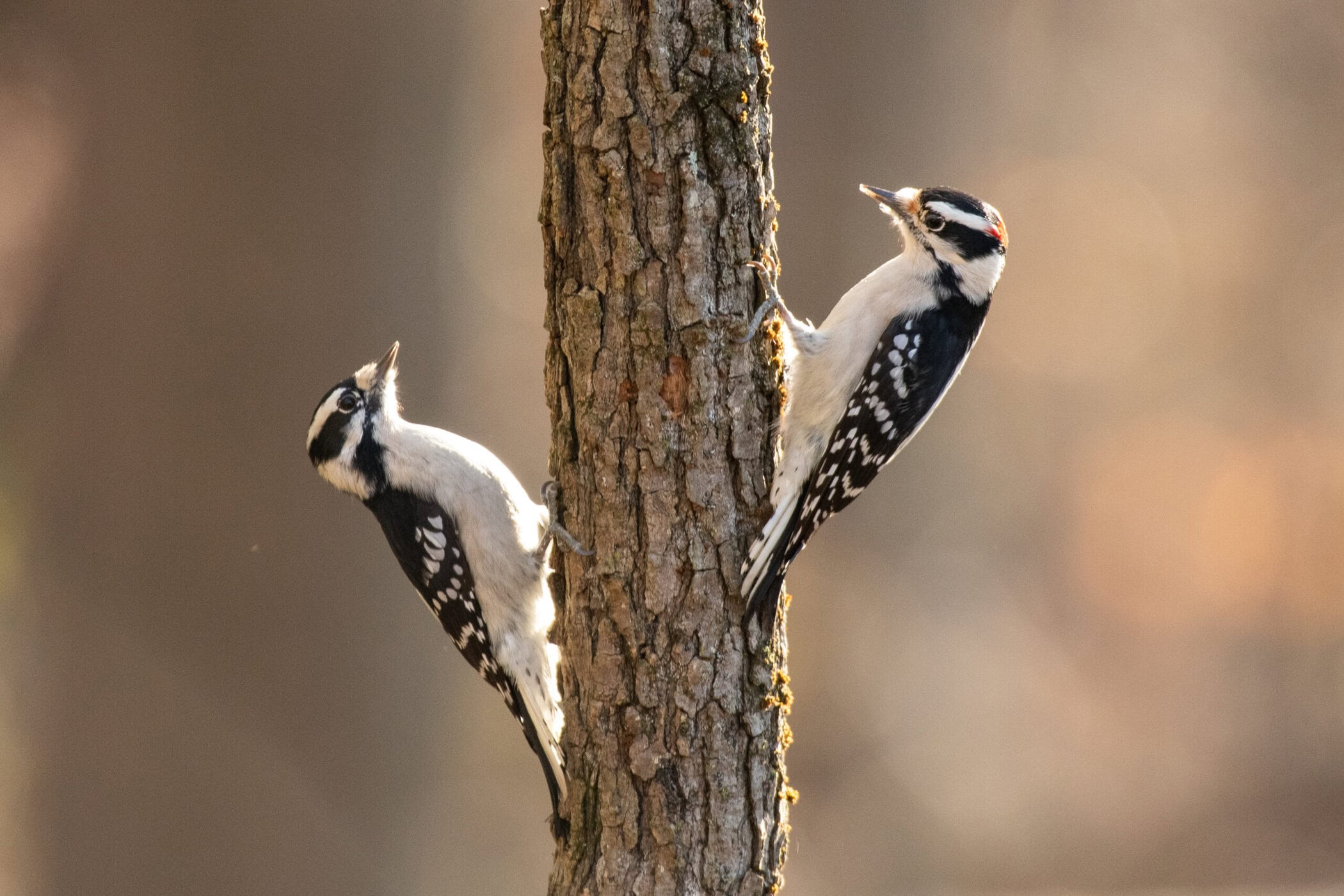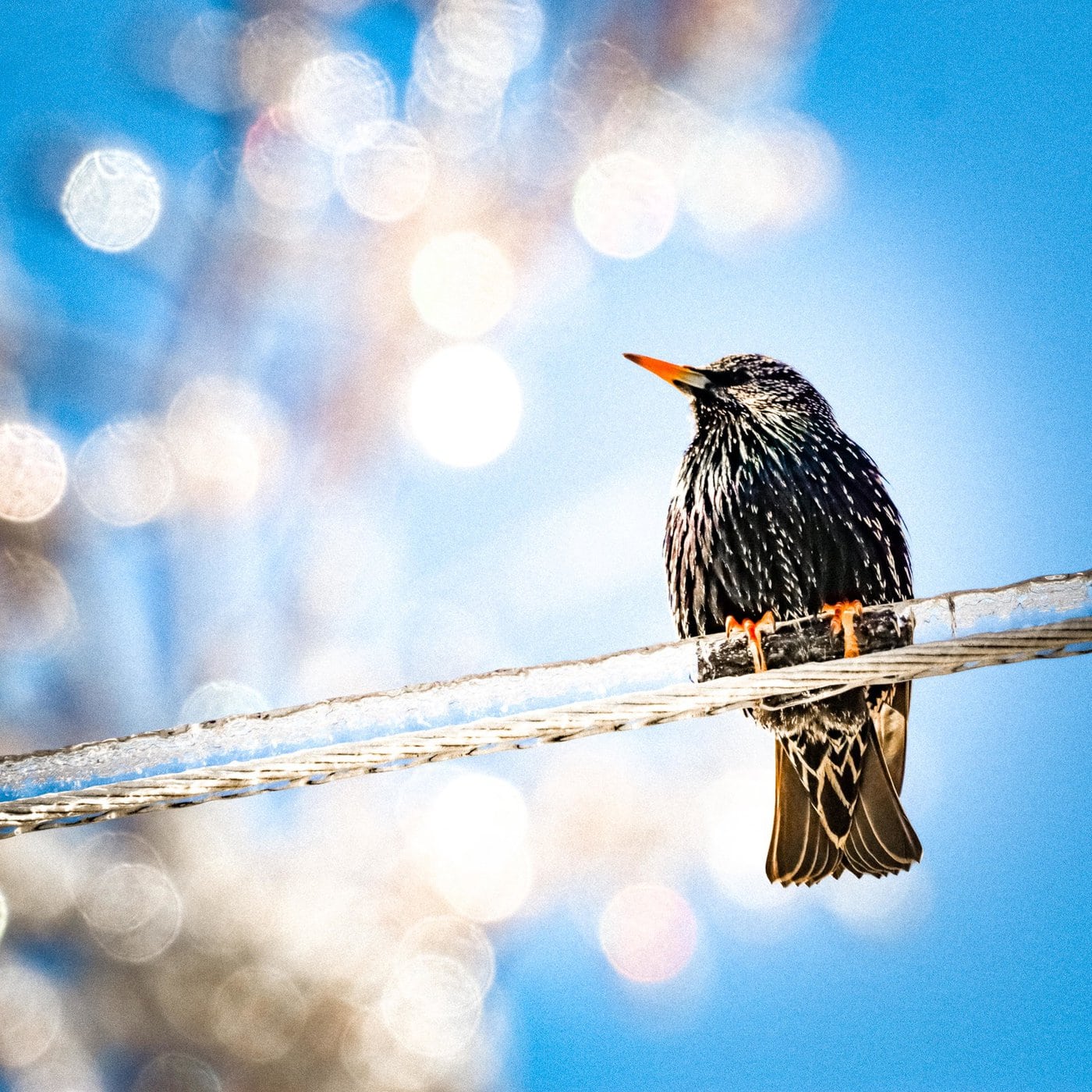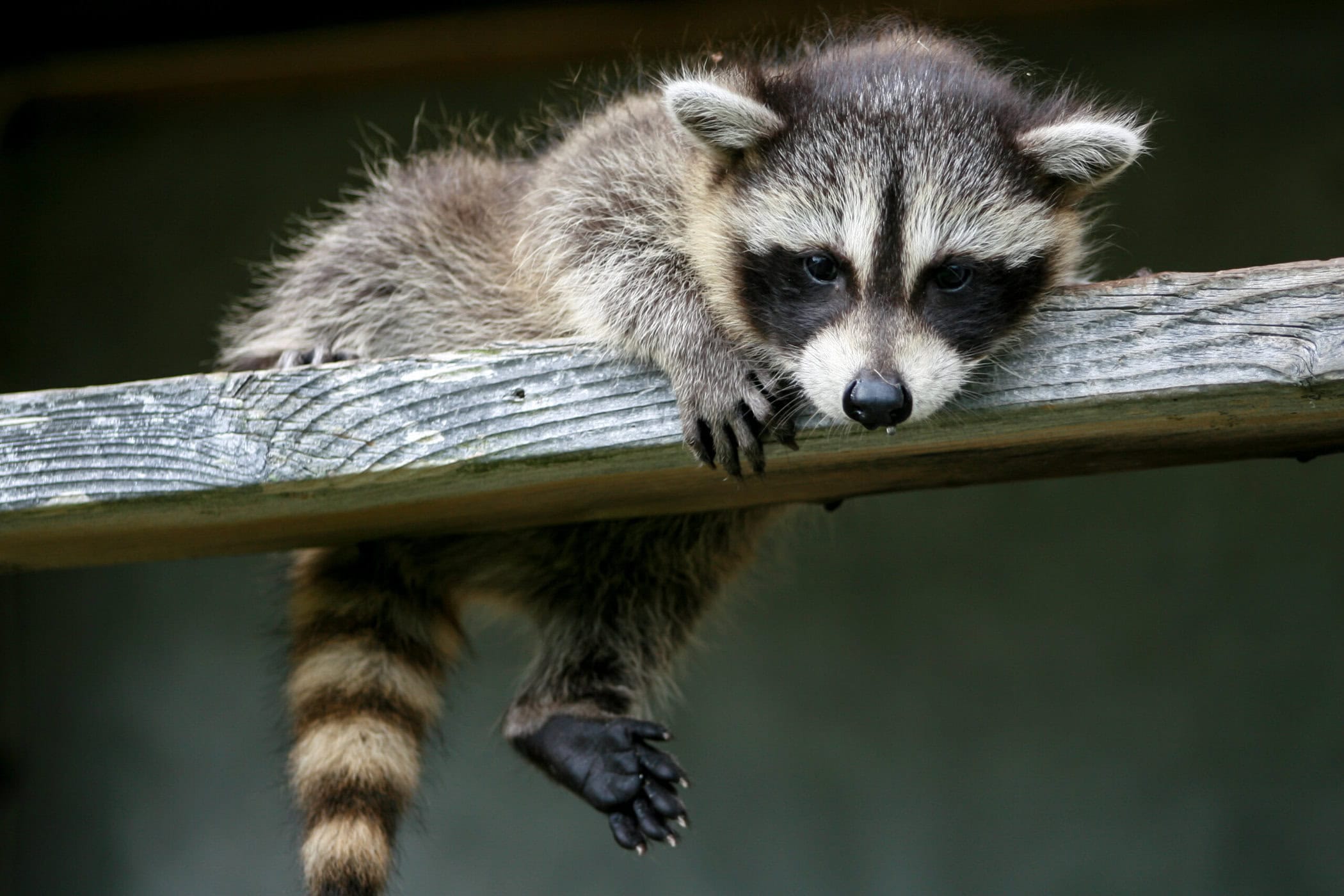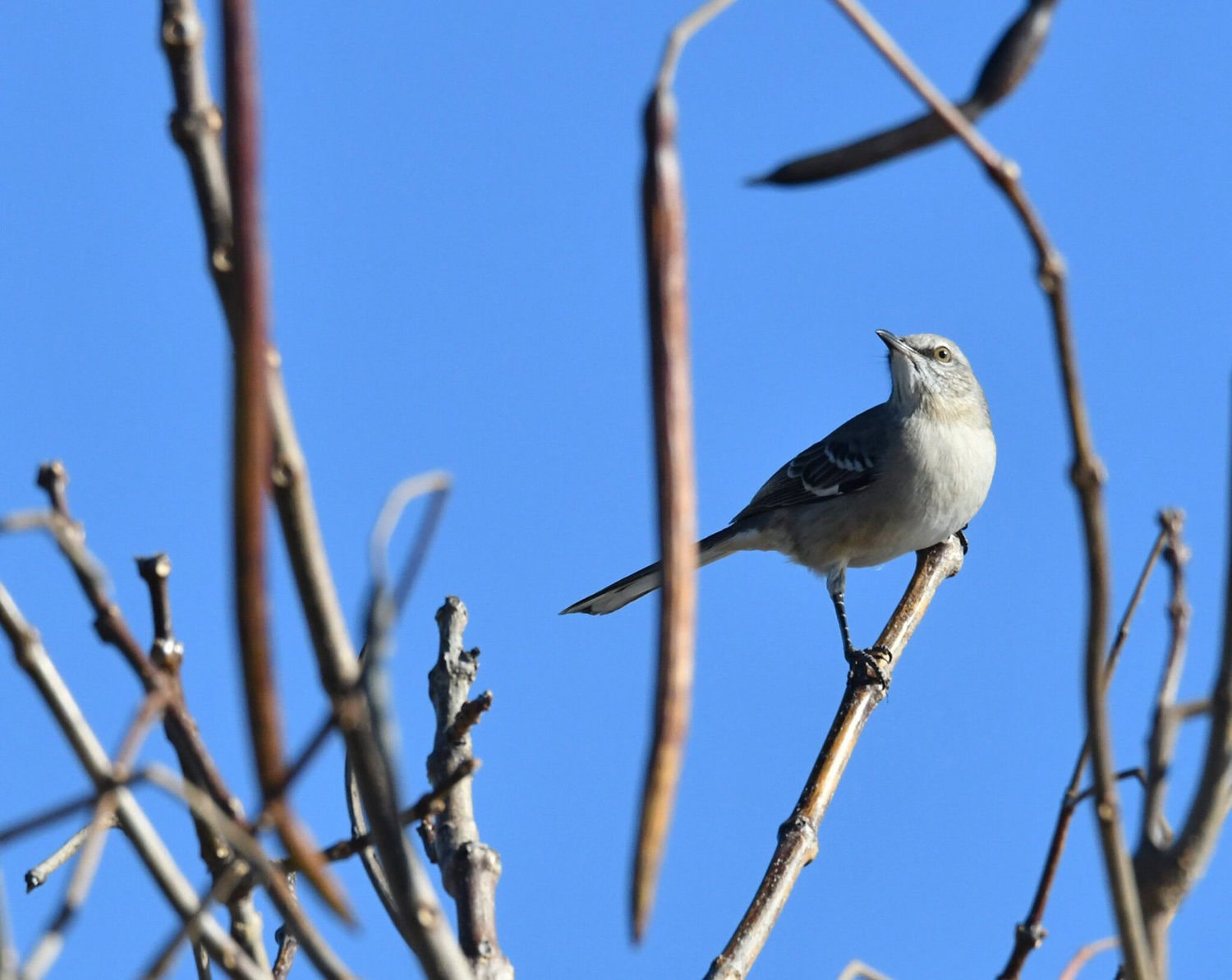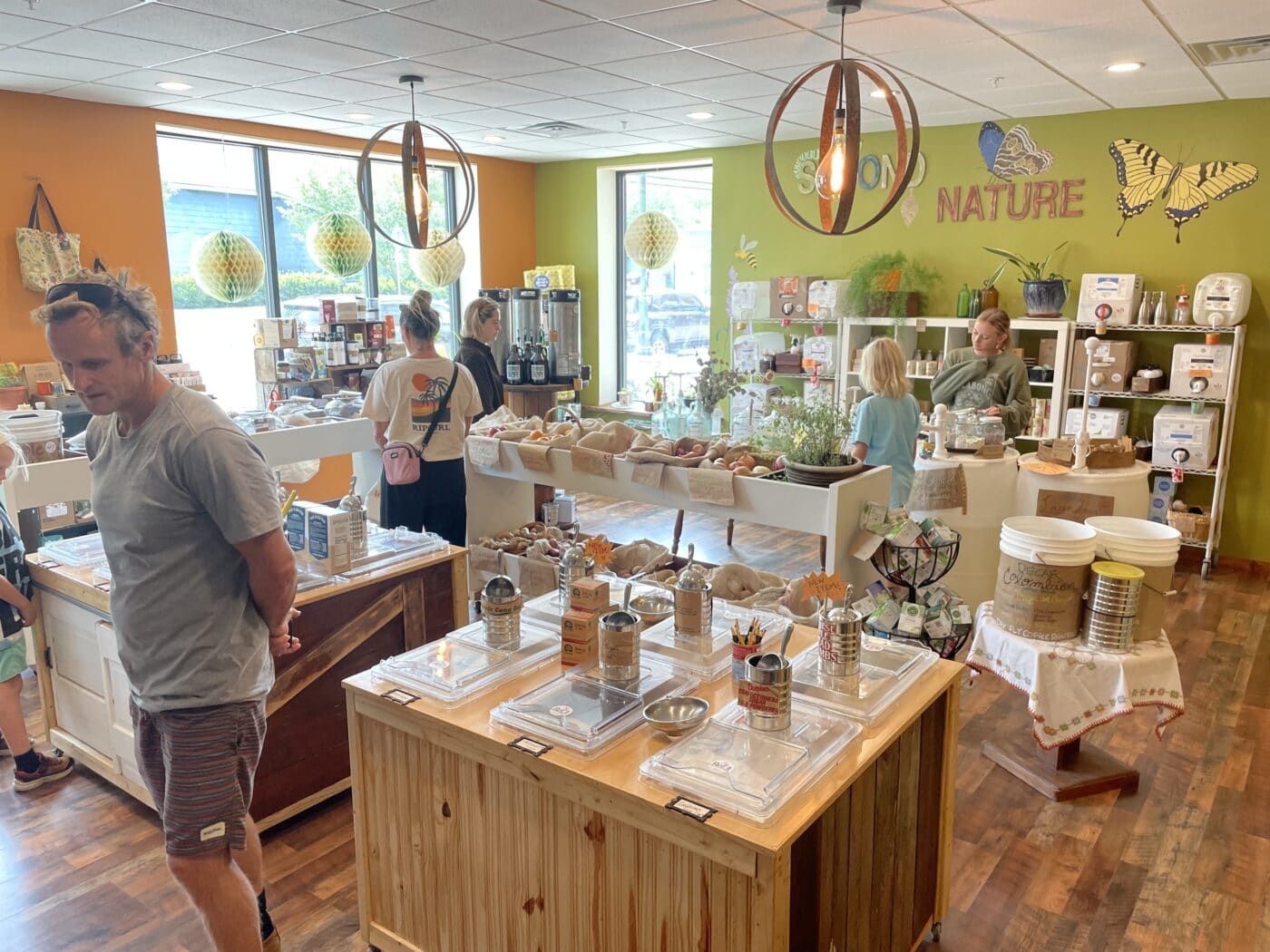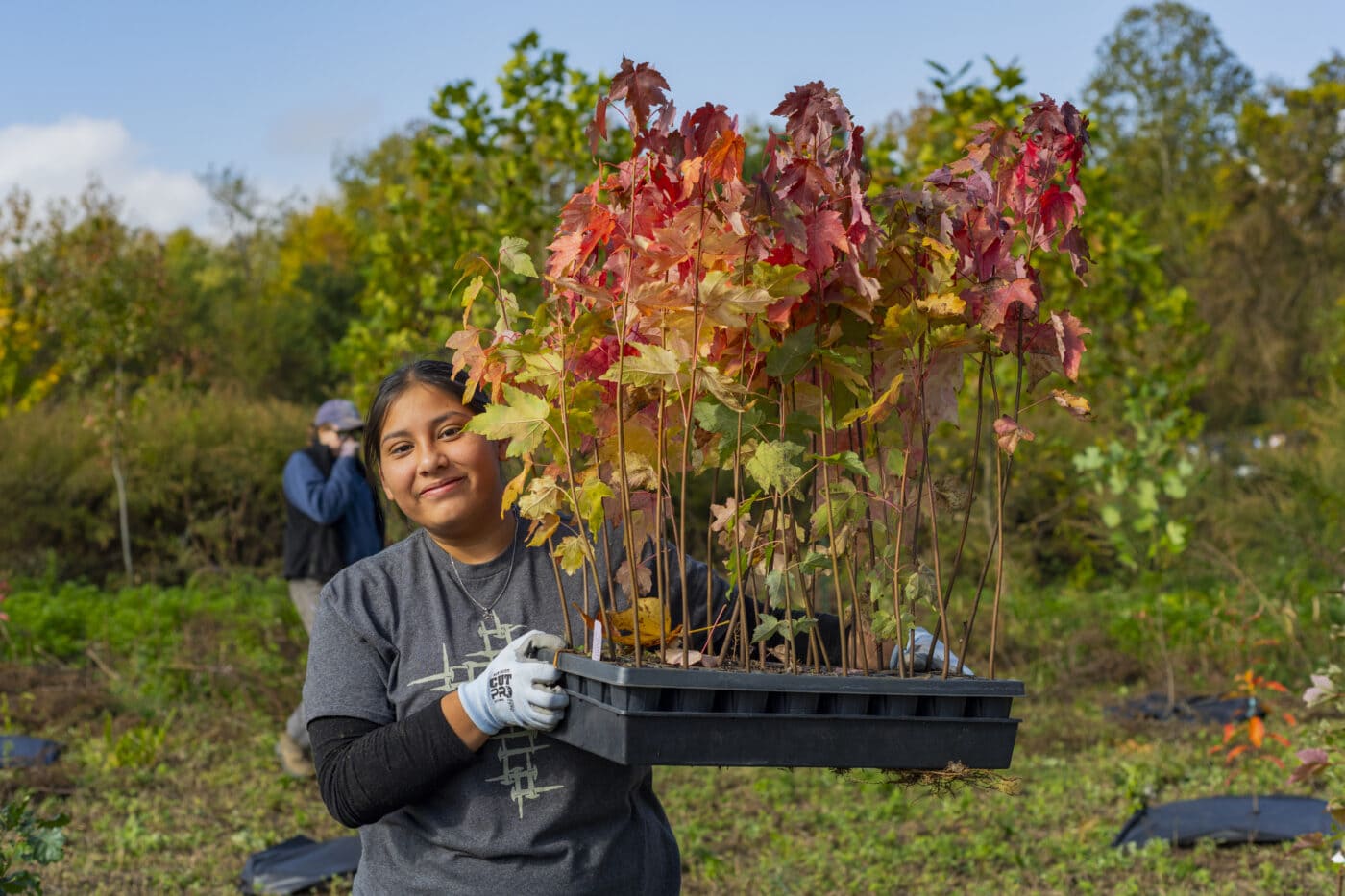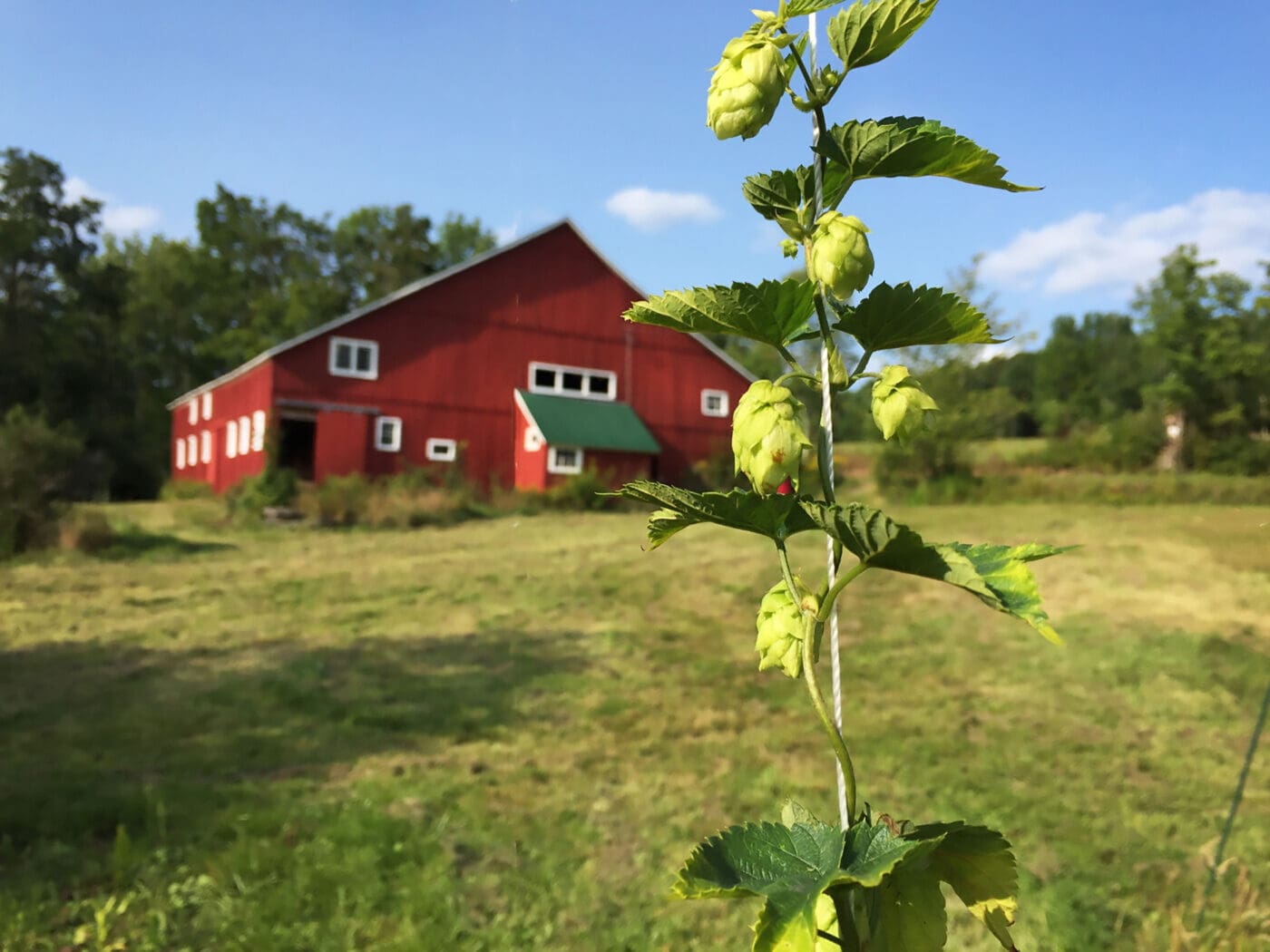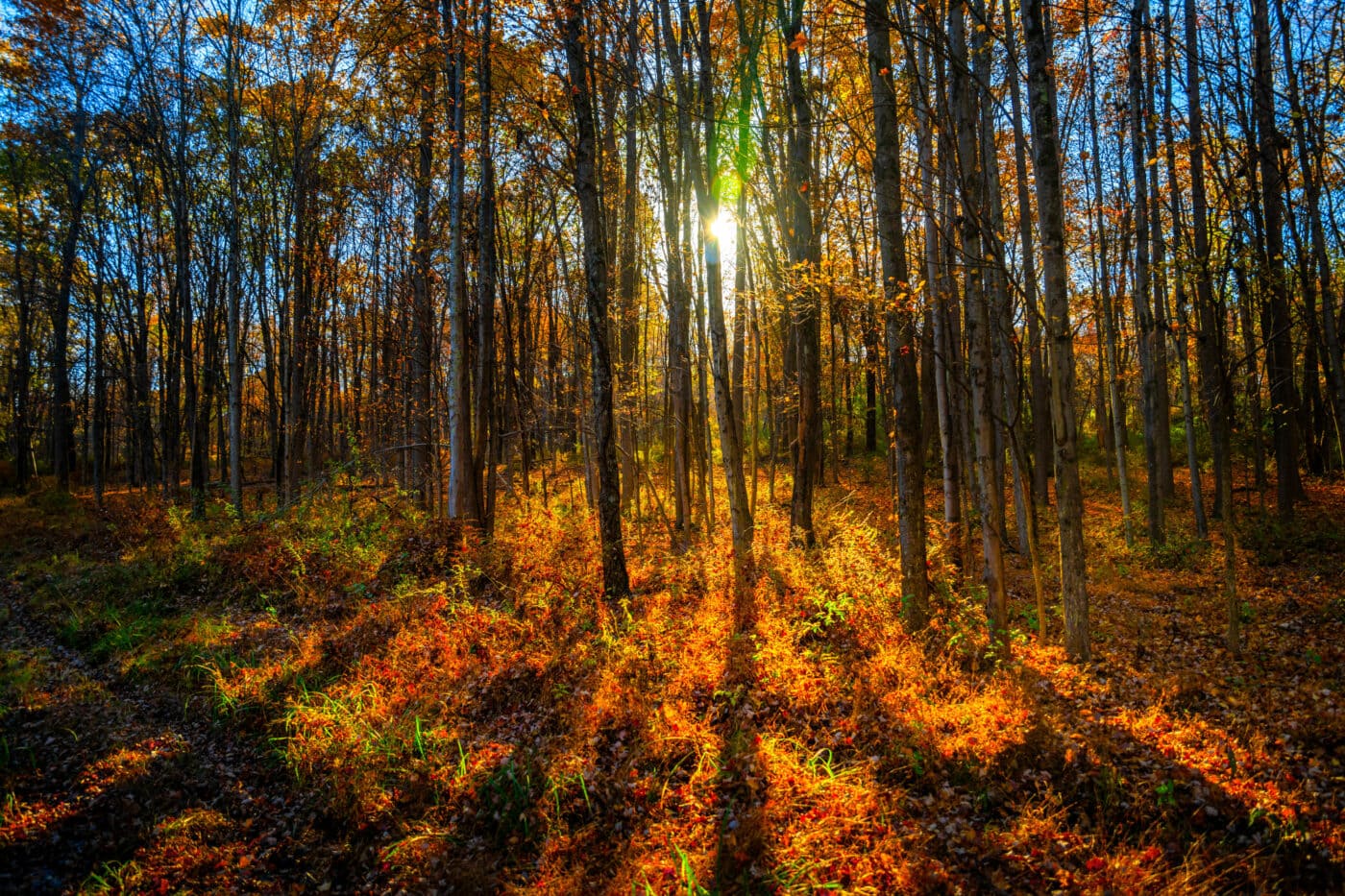Sure, NYC offers world-caliber collections of wildlife like the Bronx Zoo — but the Hudson Valley is home to two zoos that are unlike any others in the country. Trevor Zoo, just outside Millbrook in Dutchess County, is the only zoo in the world located at a high school (Millbrook School). And, Trailside Museums and Zoo, part of Bear Mountain State Park in Orange and Rockland counties, lays claim to being the nation’s first self-guided nature trail.
Trevor Zoo: giving students (and volunteers) the chance to directly care for animals
Millbrook School’s first biology teacher, Frank Trevor had a passion for sharing his love of wildlife with others, particularly young people. While at Millbrook School, his desire was to teach students firsthand about animals in nature, the familiar as well as the exotic, by enabling students to personally interact with them, not simply observe them. So in 1936, he founded Trevor Zoo. “Historically, we existed primarily to serve the school audience,” zoo director Alan Tousignant says, “helping students connect with what they’re learning in the classroom, in the sciences, with live animals in the real world.”
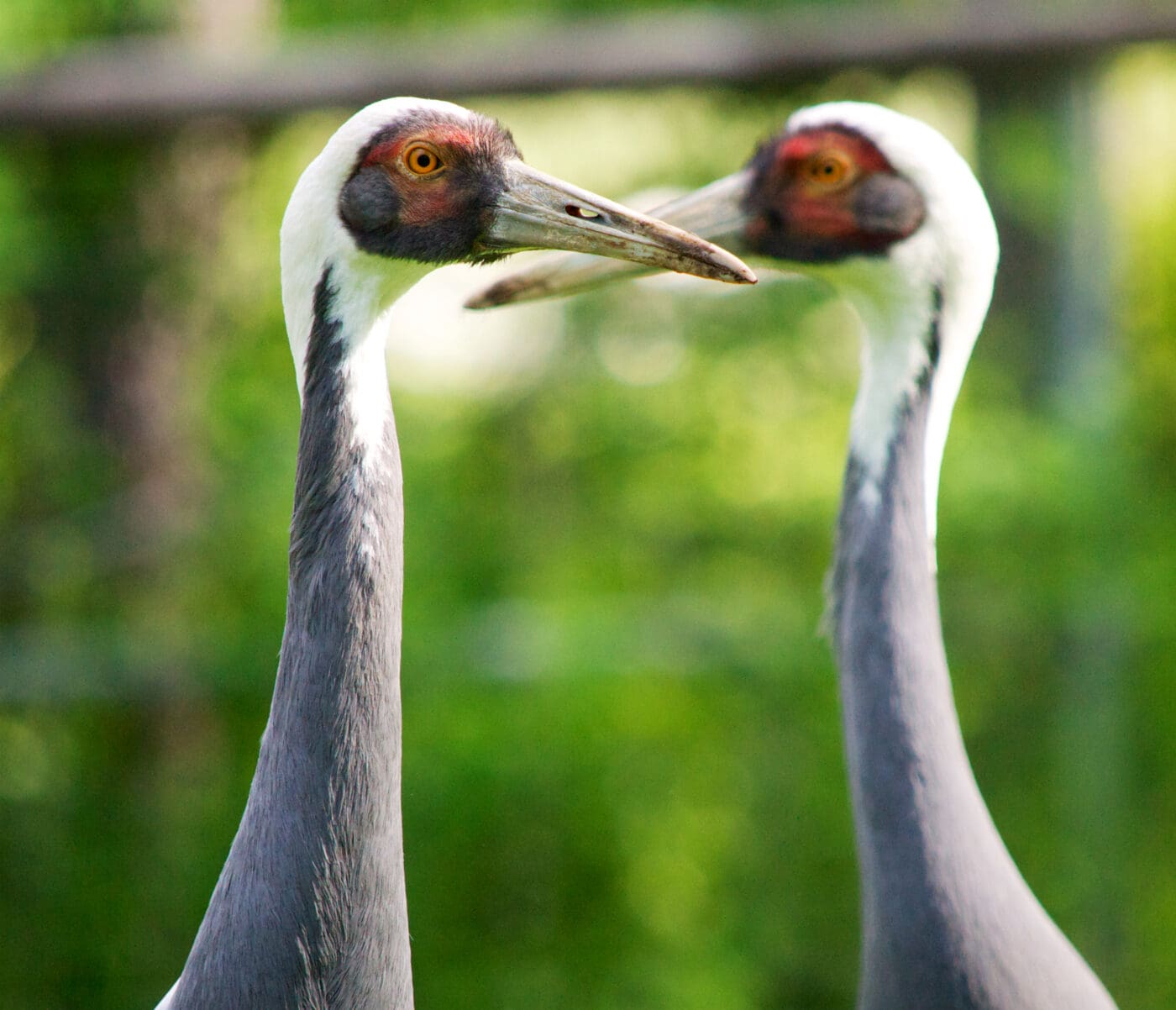
Encompassing six acres, Trevor Zoo today is home to more than 180 animals representing 80 species, 11 of which are endangered. They hail from Africa, Asia, Australia/New Zealand, and the three Americas: North, Central, and South. The zoo also operates a veterinary clinic.
It is conservation-focused, educating not only students from the school but also the public at large about environmental conservation and endangered species. “We provide our students and our summer volunteers with hands-on work with endangered species,” Tousignant says, “so it’s conservation learning that has real meaning and consequence. The zoo is like a living laboratory.”
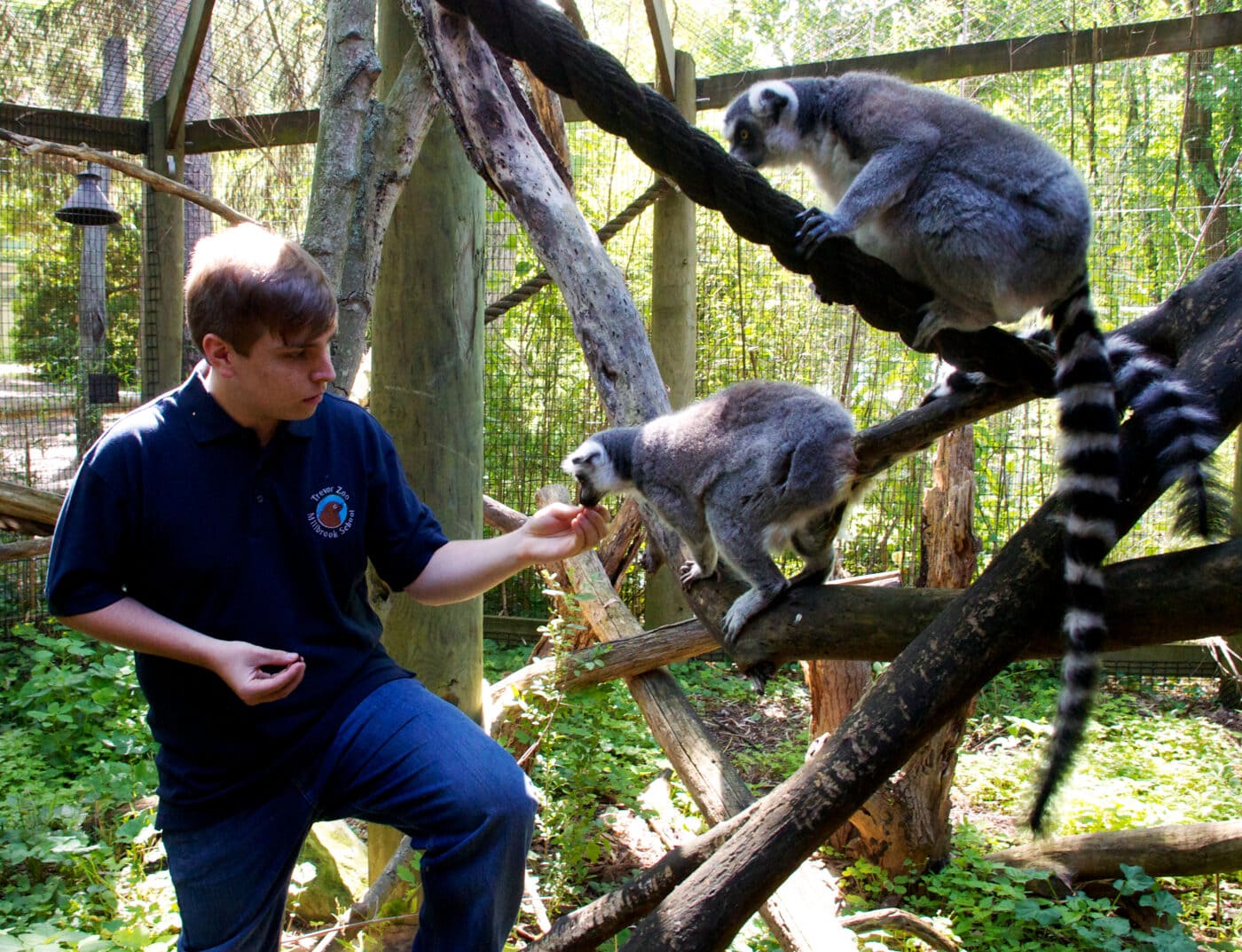
Adds Jessica Bennett, director of programs: “There’s a good deal of research that shows that when students have an impressionable experience in nature, it really changes them and makes them more empathetic to nature and wildlife. Our hope is that young people take that and apply it throughout their lives.”
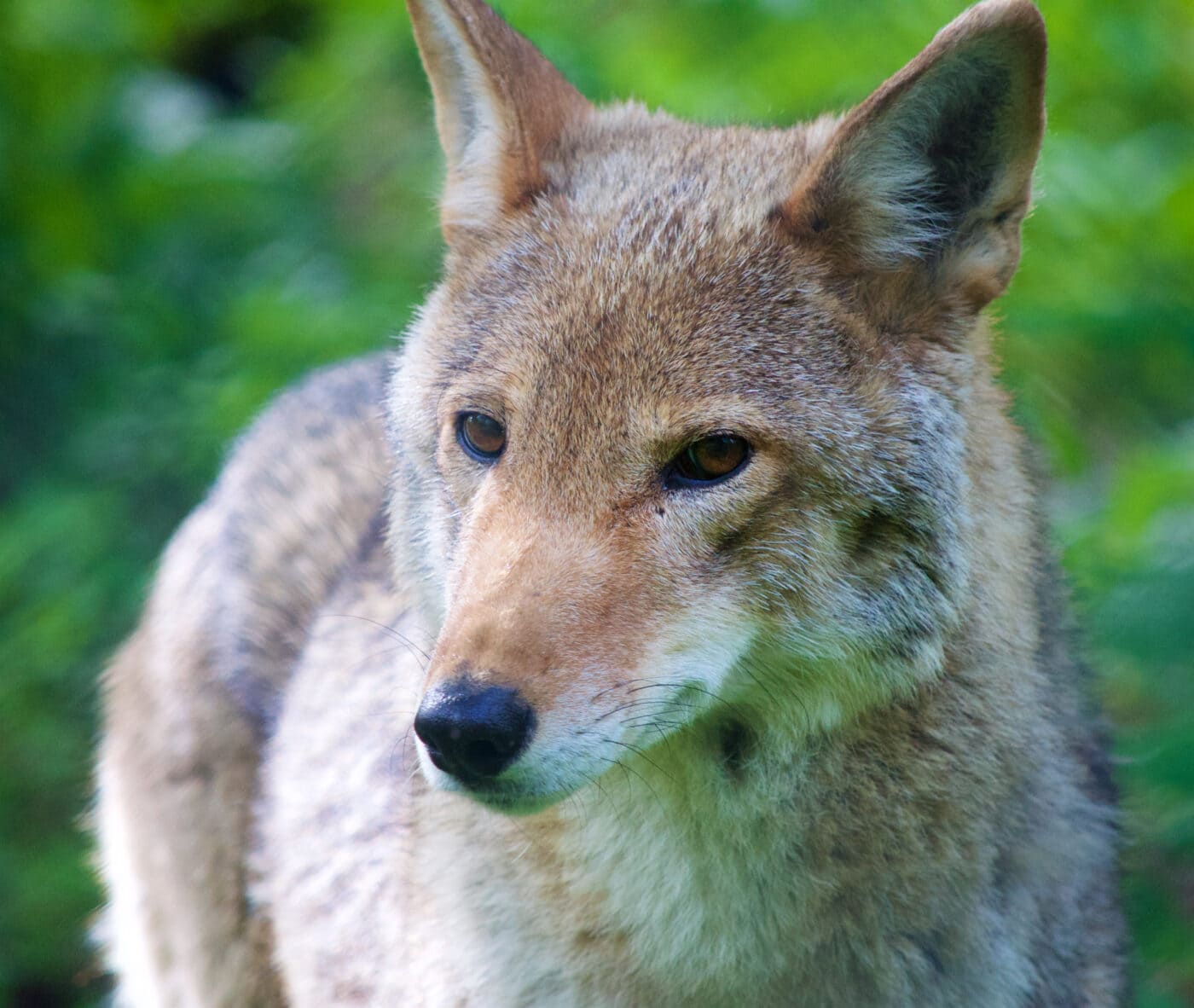
As well as being a member of the Association of Zoos and Aquariums, Trevor Zoo is thoroughly overseen by the Department of Environmental Conservation, the U.S. Fish and Wildlife Service, the USDA, and the New York State Department of Agriculture. In keeping with these organizations’ protocols and the zoo’s mission, leaders select each animal based on three requirements: that the animal can tolerate the Hudson Valley’s seasons and climate, that the zoo can provide the correct husbandry year-round, and that Millbrook students and volunteers can safely interact with and care for it. “Trevor Zoo may be small, but we have a very big impact on those who really love animals,” says Tousignant.
Trailside Museums and Zoo: experimenting with early environmental education
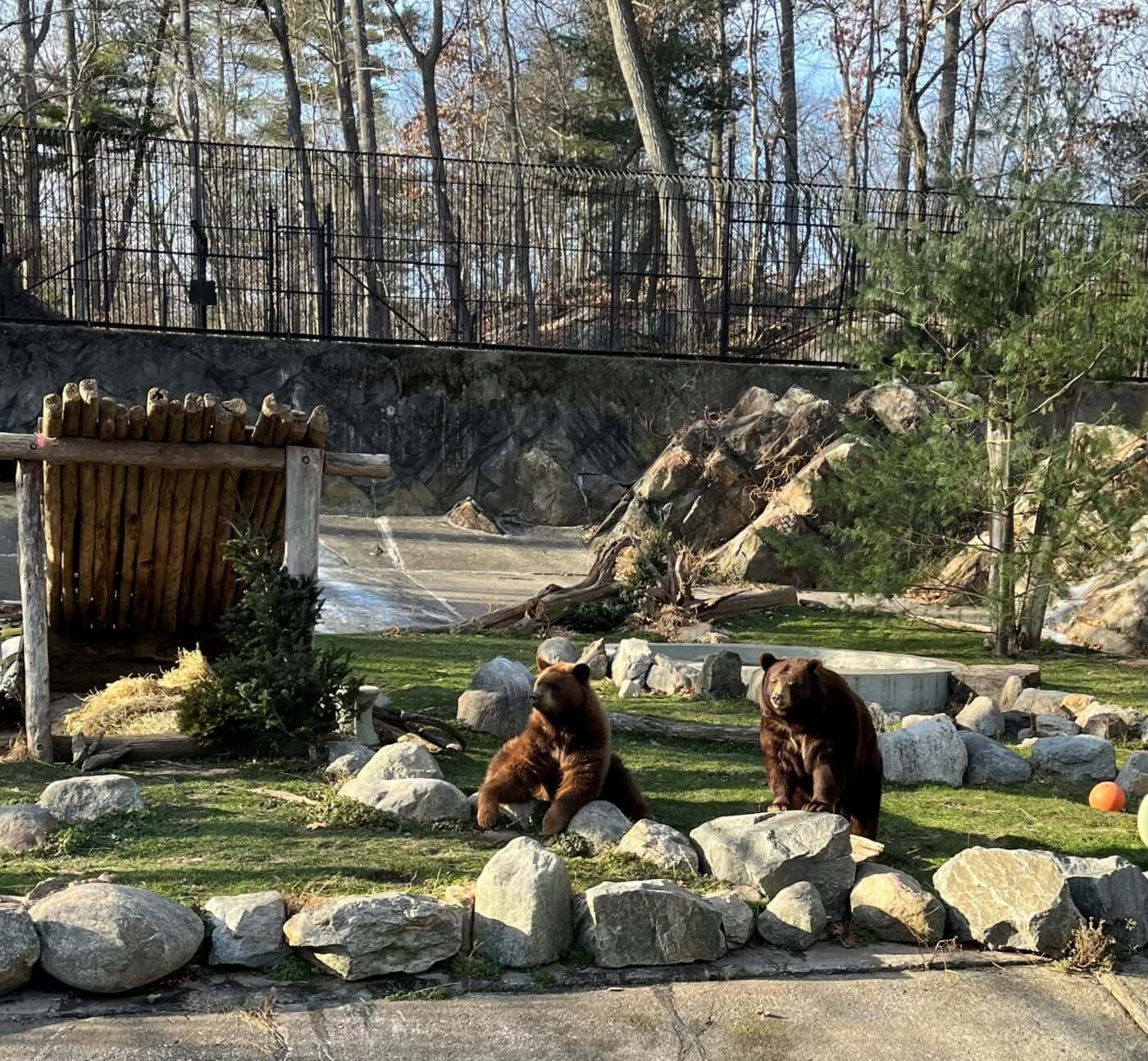
The zoo at the Hudson Valley’s landmark Bear Mountain “is now a model emulated around the country and abroad,” says Edwin McGowan, director of Trailside Museums and Zoo. “It probably shouldn’t be called a zoo.”

Tracing its roots to 1920, what is now officially called Trailside Museums and Zoo began as a collaboration between the Palisades Interstate Park Commission, the American Association of Museums, and the American Museum of Natural History. Its purpose was (and remains) to inform and engage visitors to the park about the local natural and cultural history of the Hudson Valley — and to encourage stewardship of the natural world.
Plus, it gives sanctuary to many non-releasable animals that otherwise could not survive in the wild.
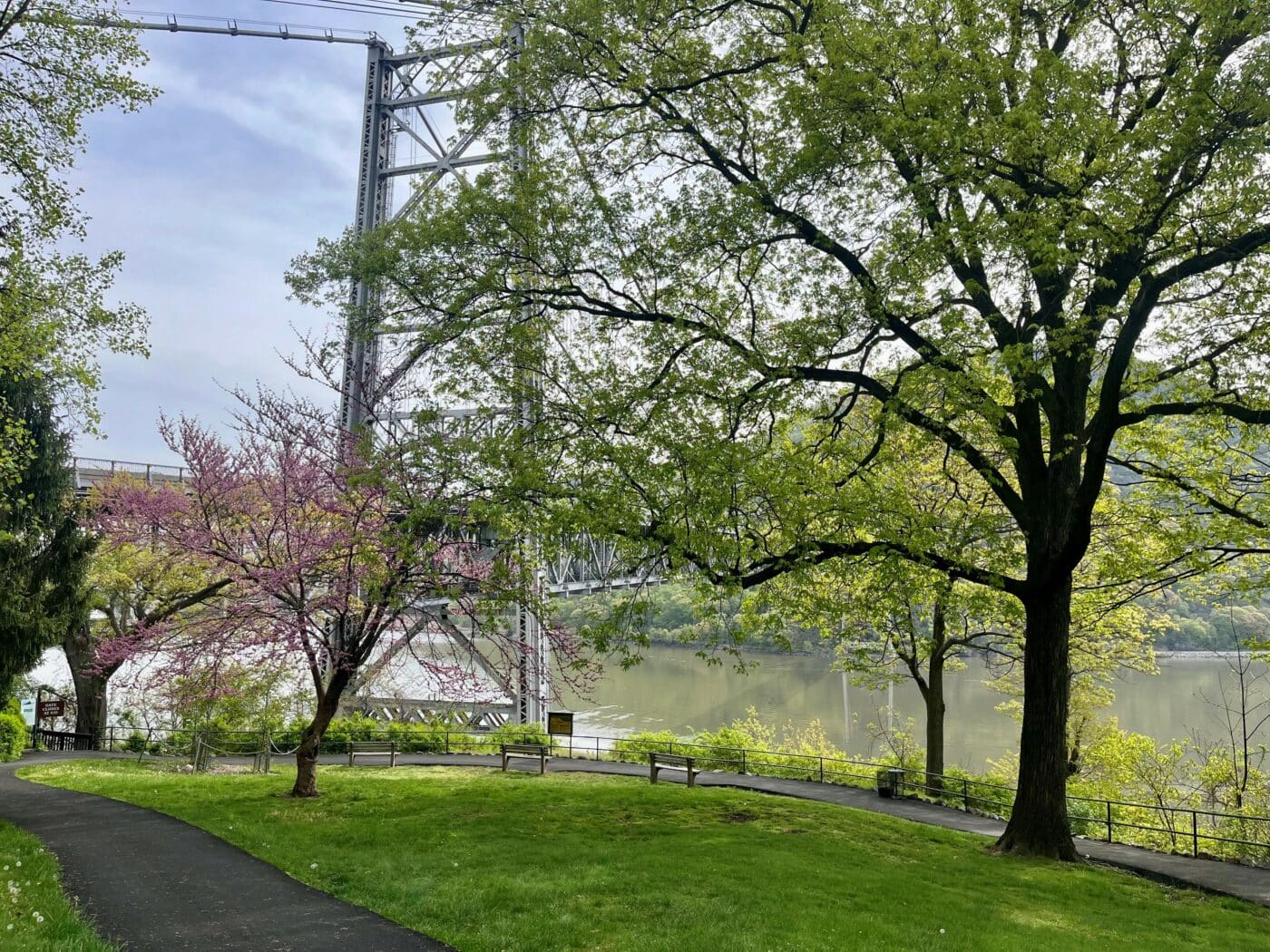
Trailside is the only zoo in the New York State Park System — and unlike zoos that feature animals from around the world, it is focused on its own bioregion. Signage takes visitors deeper into the local landscape, plants, and animals like these that are present in the region.
“We focus on telling the stories of this specific location, starting with its bedrock geology and moving forward in time through the many phases of human occupation,” McGowan says. “It’s wild woods punctuated with exhibits and four museums made from natural stone, giving the sense that nature’s happening all around you. A black snake might cross the trail in front of you, or a deer or a fox might run by. In one section, the Appalachian Trail runs through it.”
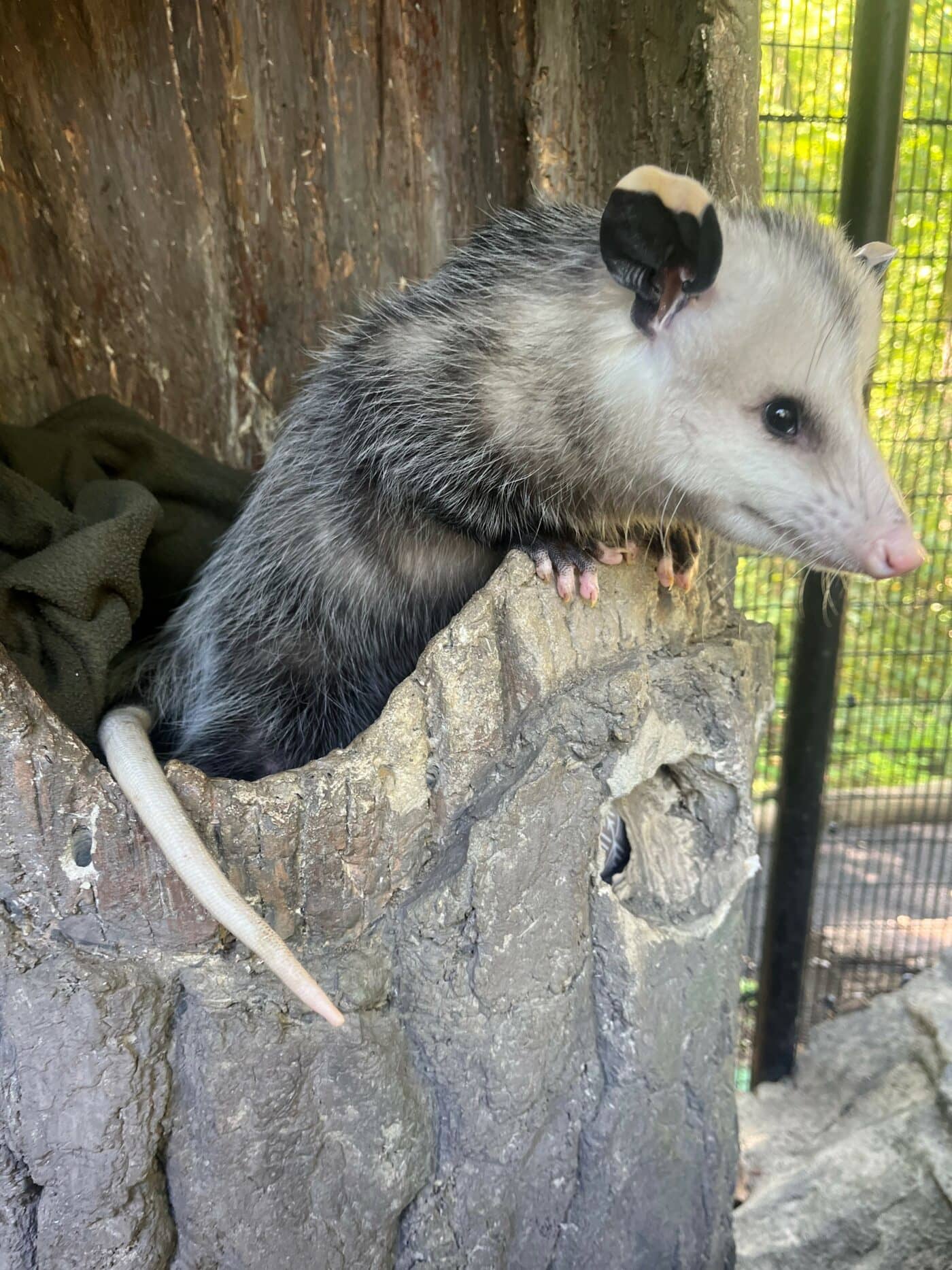
As Trailside has evolved over the past century, so has its mission, as it fulfills the dual goals of enabling the public to interact with nature in the natural world and giving a safe home to compromised animals who could not survive in the wild. According to McGowan, roughly 80-90% of the animals that live within the zoo’s boundaries are injured or non-releasable.
“Some were orphans that people brought into captivity, or like our Eastern coyotes, they’re perfectly healthy but not able to exist in the wild,” he says. “Here they have a home.”



